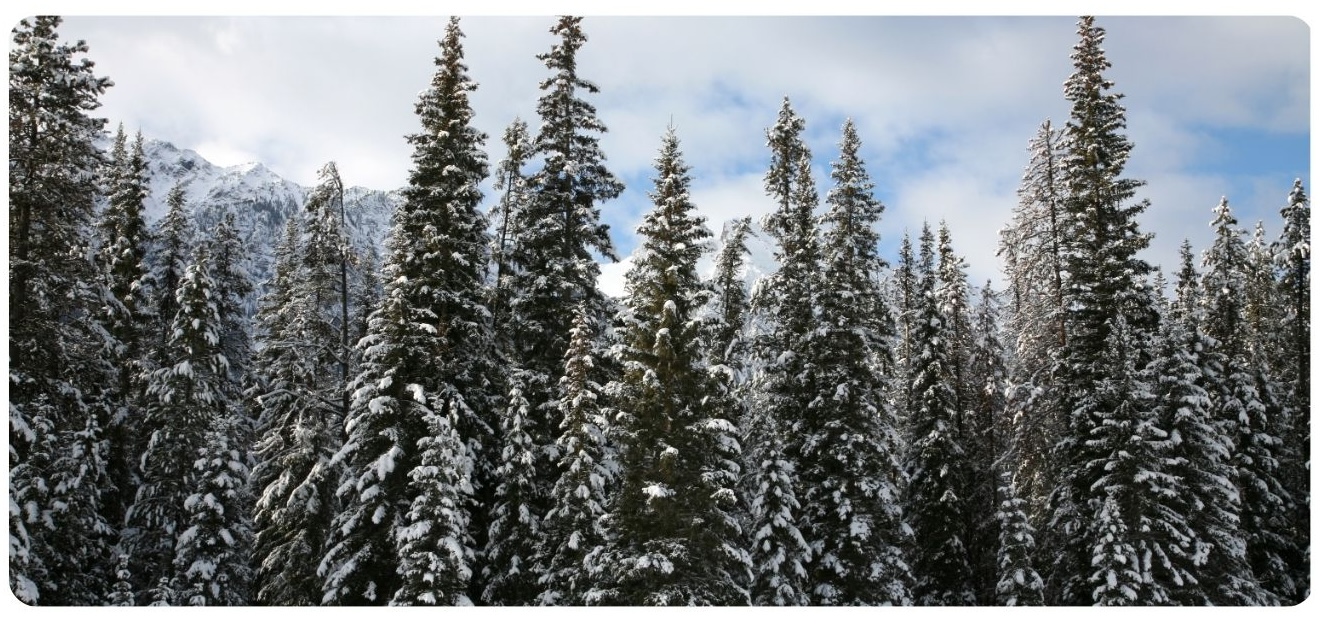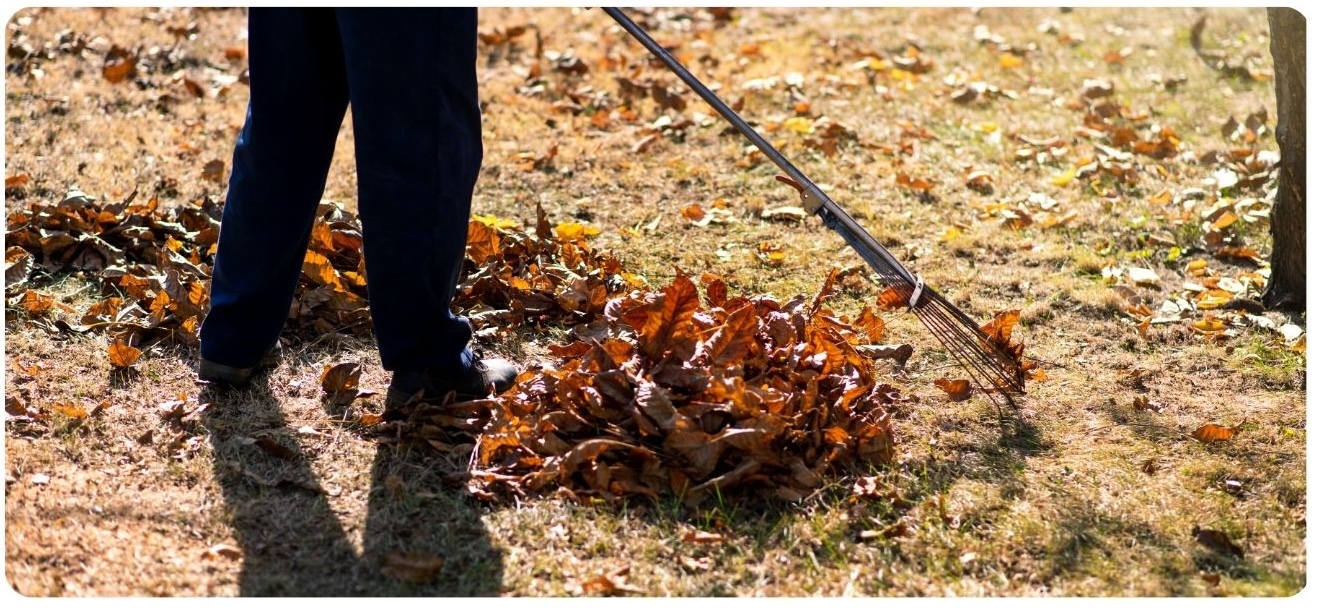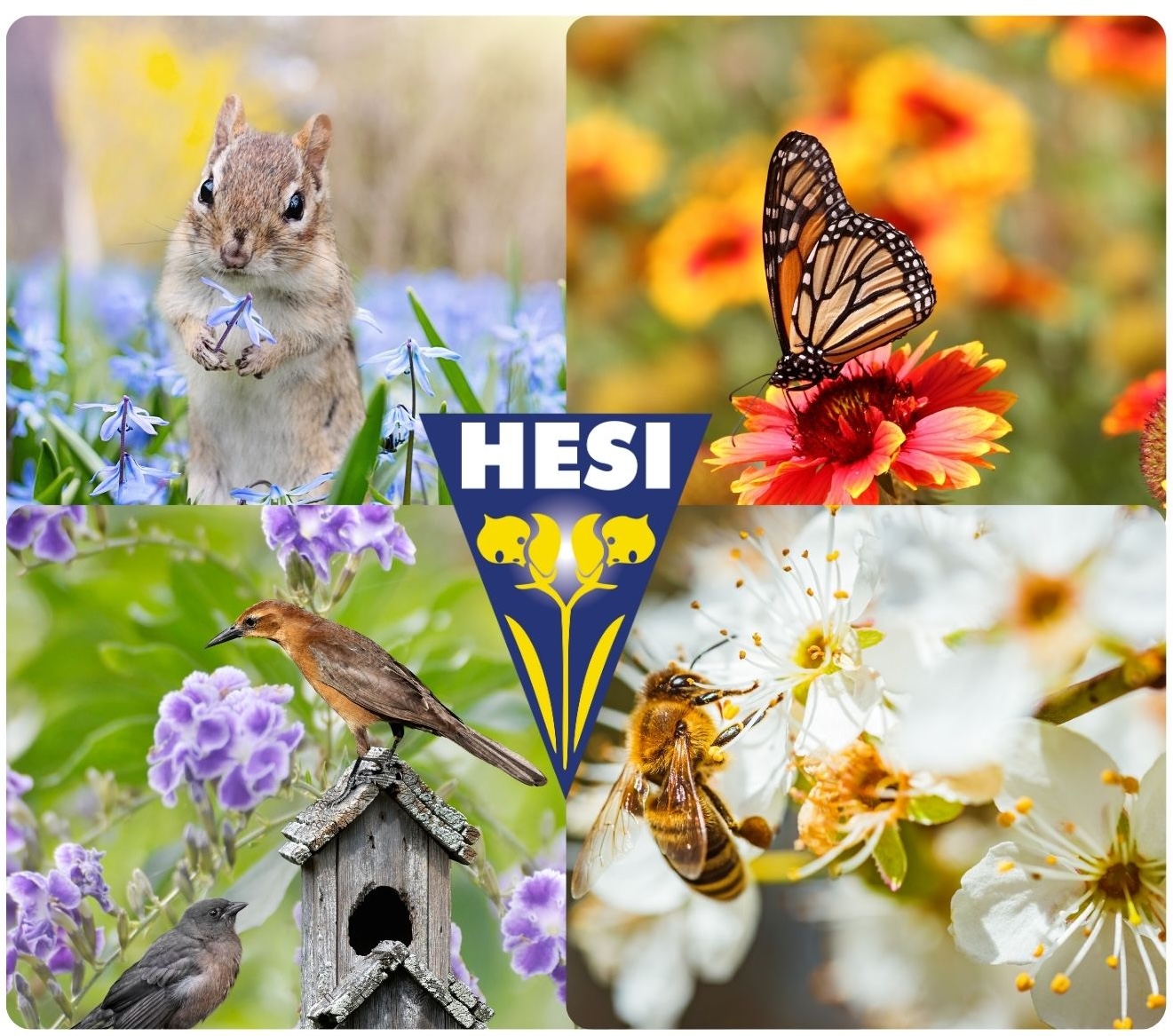Embracing winter wildlife
Winter can be tough on animals. The scarcity of food and shelter makes it hard for them to thrive. But here’s the good news – your garden can be a place of hope! By offering food, water, and a warm place to rest, you can attract a diverse array of wildlife to your frosty garden, creating a lively scene even in the coldest months.
Creating a cozy corner in your garden can make a big difference. A little bit of wilderness, with piles of leaves and logs, can be a safe retreat for tiny creatures. Think of bird boxes and insect hotels as mini cabins, offering a snug spot for your garden guests. It’s like building a mini-village for nature!
A simple bird bath or a small pond can be a lifesaver for wildlife during the cold months. Water can be a critical resource, especially in winter. Maintaining a clean and ice-free birdbath or pond is vital for supporting wildlife. This not only aids in hydration but also provides essential bathing opportunities for birds, which is crucial for maintaining their insulation against the cold.

Plant choices with a heart for winter
Nature never really sleeps, and some plants are perfectly attuned to the winter season. Evergreens like holly and ivy not only add a splash of green to the white landscape but also provide essential shelter and berries for birds. Berry-producing shrubs like cotoneaster and pyracantha are natural bird feeders, and don’t forget, the leftover seed heads from summer perennials are a tasty treat for birds and small mammals!
After preparing your garden for winter, it’s essential to take the time to observe and enjoy the ecosystem you’ve supported. This approach to winter gardening is not just about aesthetic appeal; it’s a sustainable practice that enhances local biodiversity. Every plant choice, shelter, and water source in your garden contributes to sustaining life during the challenging winter months, demonstrating the profound impact of thoughtful gardening.

Sustainable Winter Gardening Practices
In addition to plant choices, using sustainable winter gardening practices can further enhance the resilience of your garden ecosystem. Avoiding the use of chemical pesticides preserves the health of soil microbes and beneficial insects, which play vital roles in maintaining ecological balance. Especially after the winter when your soil slowly starts to defrost in its natural way.
Furthermore, practicing minimal disturbance gardening, such as leaving fallen leaves and plant debris as natural mulch, provides insulation for soil and creates habitats for overwintering insects. By embracing these eco-friendly approaches, you not only support wildlife survival but also contribute to the overall health of your garden ecosystem in the long term. Therefore, leave it looking a bit messy! It’s okay and fully natural, nature loves you for it.
Transitioning Towards Spring: Preparing Your Garden for the Season Ahead
Okay now we know what to do during winter, but what when the winter ends?
As the grip of winter begins to loosen and signs of spring emerge, it's time to shift gears in your gardening efforts. Hopefully you are also getting excited to go outside in your garden with one layer less of clothes. Transitioning your garden from its winter sanctuary to a vibrant spring haven involves careful planning and attentive care. One crucial aspect is assessing the aftermath of winter and addressing any damage or issues that may have arisen. Look out for signs of frost damage on plants and prune accordingly, encouraging healthy new growth. Clearing away debris and refreshing mulch layers can also rejuvenate beds and borders, preparing them for the upcoming growing season.
Moreover, consider starting seeds indoors for early spring crops or bedding plants, giving them a head start before the last frost date. This proactive approach ensures a seamless transition from winter dormancy to spring abundance. Additionally, gradually reintroducing regular watering and fertilization routines as temperatures rise helps revitalize soil and support plant growth. By gradually easing your garden out of its winter slumber and into the awakening of spring, you set the stage for a flourishing and bountiful season ahead.

Springtime Wildlife Support: Nurturing Natural Habitats
And you may wonder: how can I help wildlife during the transition period from winter to spring? Just as your garden undergoes a transformation in preparation for spring, wildlife also benefits from your thoughtful help during this time of renewal. As temperatures rise and daylight hours lengthen, wildlife becomes increasingly active, seeking food, shelter, and suitable nesting sites. To support them during this critical period, consider incorporating elements into your garden that cater to their springtime needs.
One essential aspect is providing a diverse collection of flowering plants that serve as nectar sources for pollinators such as bees, butterflies, and hummingbirds. Choose a variety of native flowers with long blooming periods to ensure a continuous supply of food throughout the season. Additionally, leaving patches of bare soil or undisturbed areas can provide nesting sites for ground-dwelling insects and small mammals.
Furthermore, maintaining a clean and reliable water source, such as a birdbath or shallow pond, is essential for wildlife hydration and bathing. Fresh water is especially crucial during the warmer months when natural water sources may become scarce. Regularly cleaning and refilling these water features ensures they remain inviting and accessible to wildlife throughout the spring.
Lastly, resist the urge to tidy up your garden too perfectly, as leaving natural debris like fallen branches and leaf litter provides valuable habitat and shelter for wildlife. Embracing a more relaxed approach to garden maintenance not only benefits wildlife but also fosters a healthier and more resilient ecosystem in your backyard. By nurturing wildlife habitats in your garden, you play a vital role in supporting biodiversity and promoting harmony between humans and nature during the rejuvenating season of spring.
Good luck gardening in any season of the year!

- Cultivation Tips : Plant Care , Cultivation Tips
- Nature: Climate Stories
- Growth period: Grow
 Deutsch
Deutsch  Français
Français  Español
Español 
